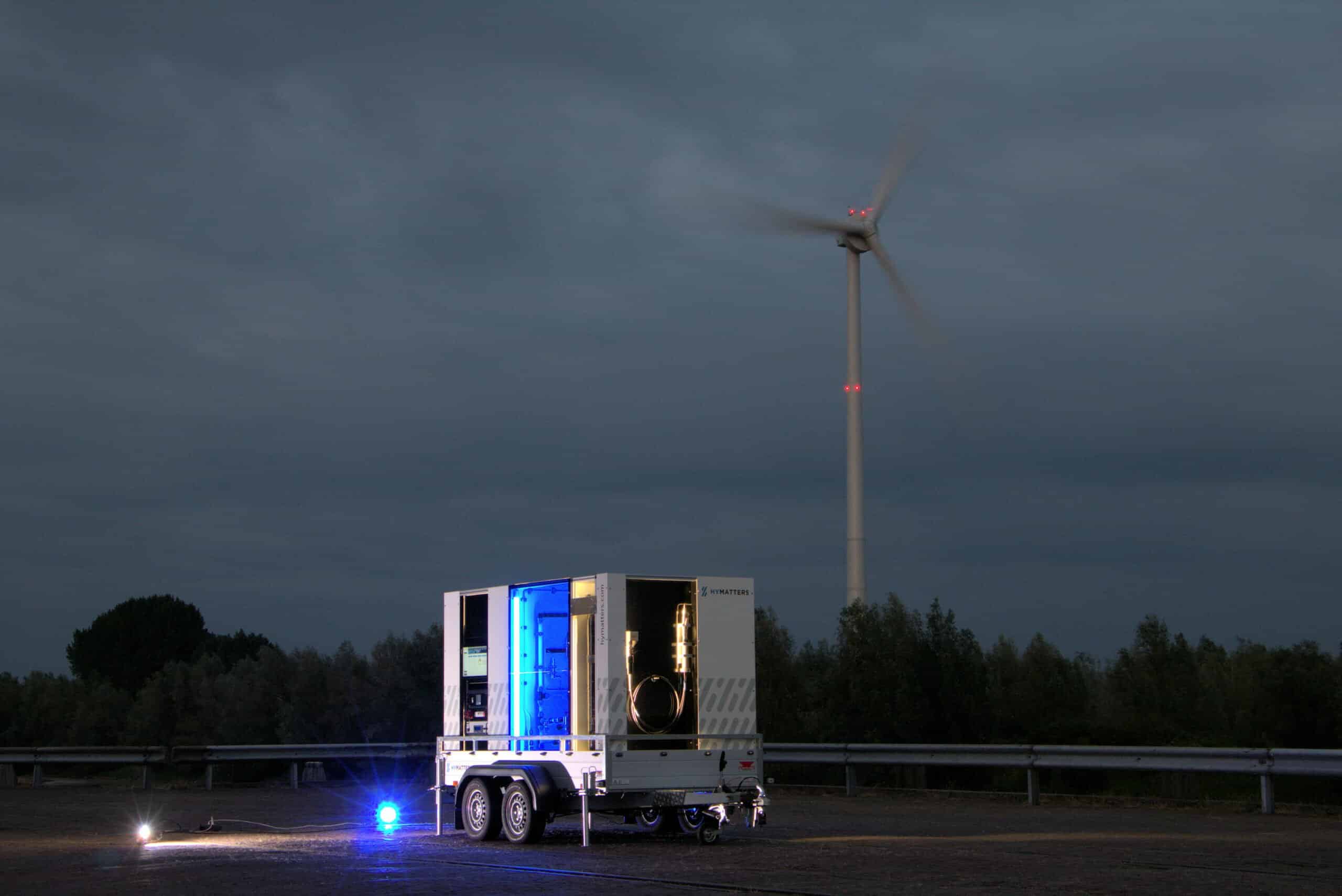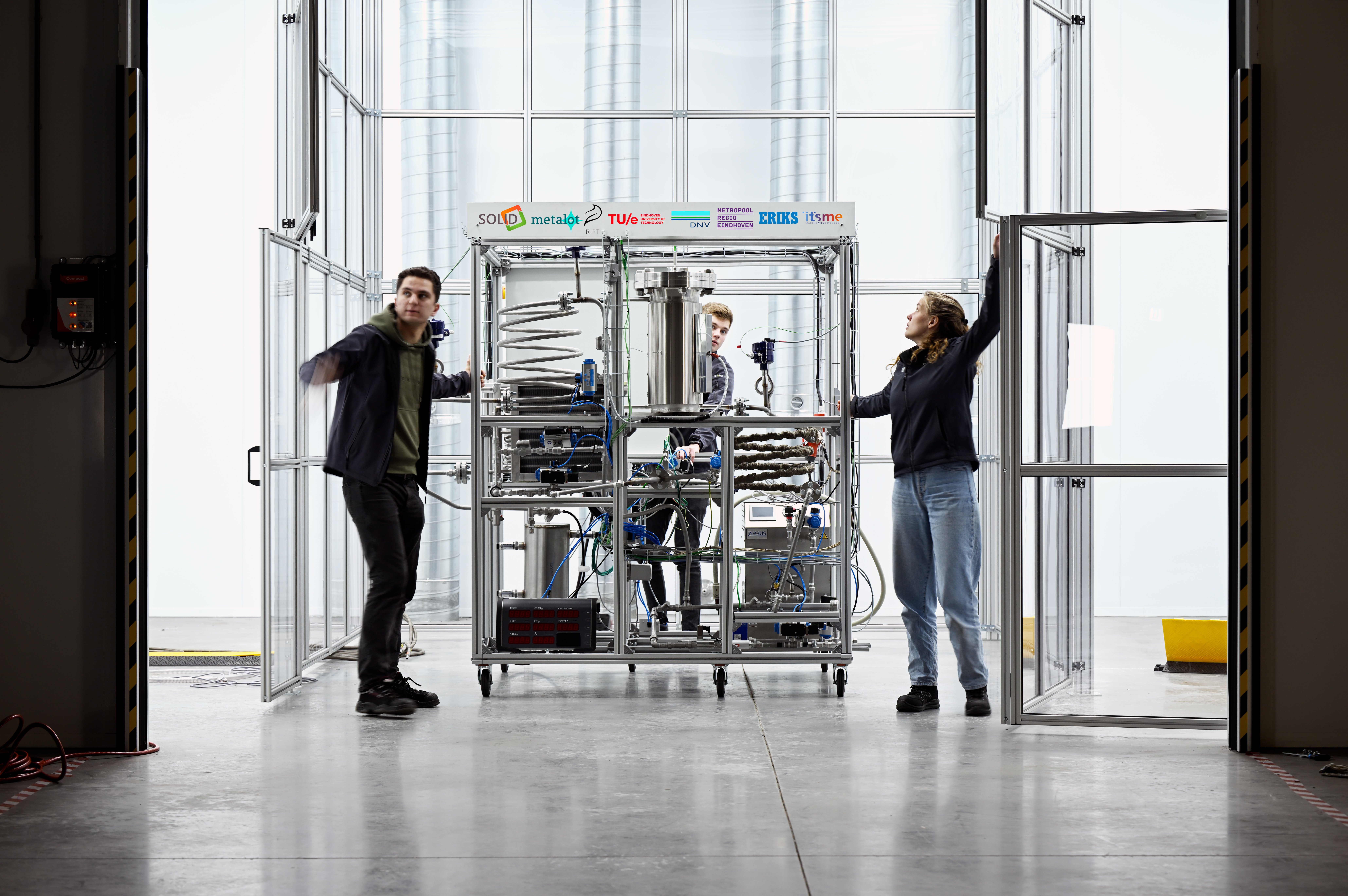
Researchers from TU/e, VU and Chalmers University have developed an optical sensor that can significantly reduce the risks of hydrogen. Those risks are there because this gas is explosive when mixed with air. So hydrogen leaks need to be detectable immediately. That is what this new sensor enables. “It thus joins the ranks of the most sensitive sensors in the world. The new research results are presented in a paper in Nature Communications,” Chalmers said in a press release.
Methodology
The sensor developed by the researchers is based on plasmons created when metal nanoparticles capture light and give the particles a distinct colour. If the nanoparticles are made of palladium or a palladium alloy, their colour changes when the amount of hydrogen in the environment varies and the sensor can trigger an alarm when the levels become critical. The researchers use an artificial intelligence algorithm to achieve the highest possible sensitivity to hydrogen exposure. Placing the particles in a very precisely defined regular pattern proved to be the solution.

Safety first
Hydrogen is seen as an important part of decarbonising the heavy transport sector and hydrogen-powered trains, trucks and aircraft are being developed and deployed around the world. Hydrogen is also considered very important in heavy industry, for example for the production of fossil-free steel. The risks of storing or using hydrogen are well known. Only four per cent hydrogen in air is needed to form an explosive mixture that can ignite at the slightest spark.
It is therefore important to have ultra-sensitive sensors to monitor leaks and alarms at critical levels. “Safety is therefore of paramount importance in all use and storage of hydrogen. If leaks are detected early, they can be fixed, so hopefully you don’t have to take the plant or vehicle out of service at all,” says Chalmers professor Christoph Langhammer.
Selected for you!
Innovation Origins is the European platform for innovation news. In addition to the many reports from our own editors in 15 European countries, we select the most important press releases from reliable sources. This way you can stay up to date on what is happening in the world of innovation. Are you or do you know an organization that should not be missing from our list of selected sources? Then report to our editorial team.






